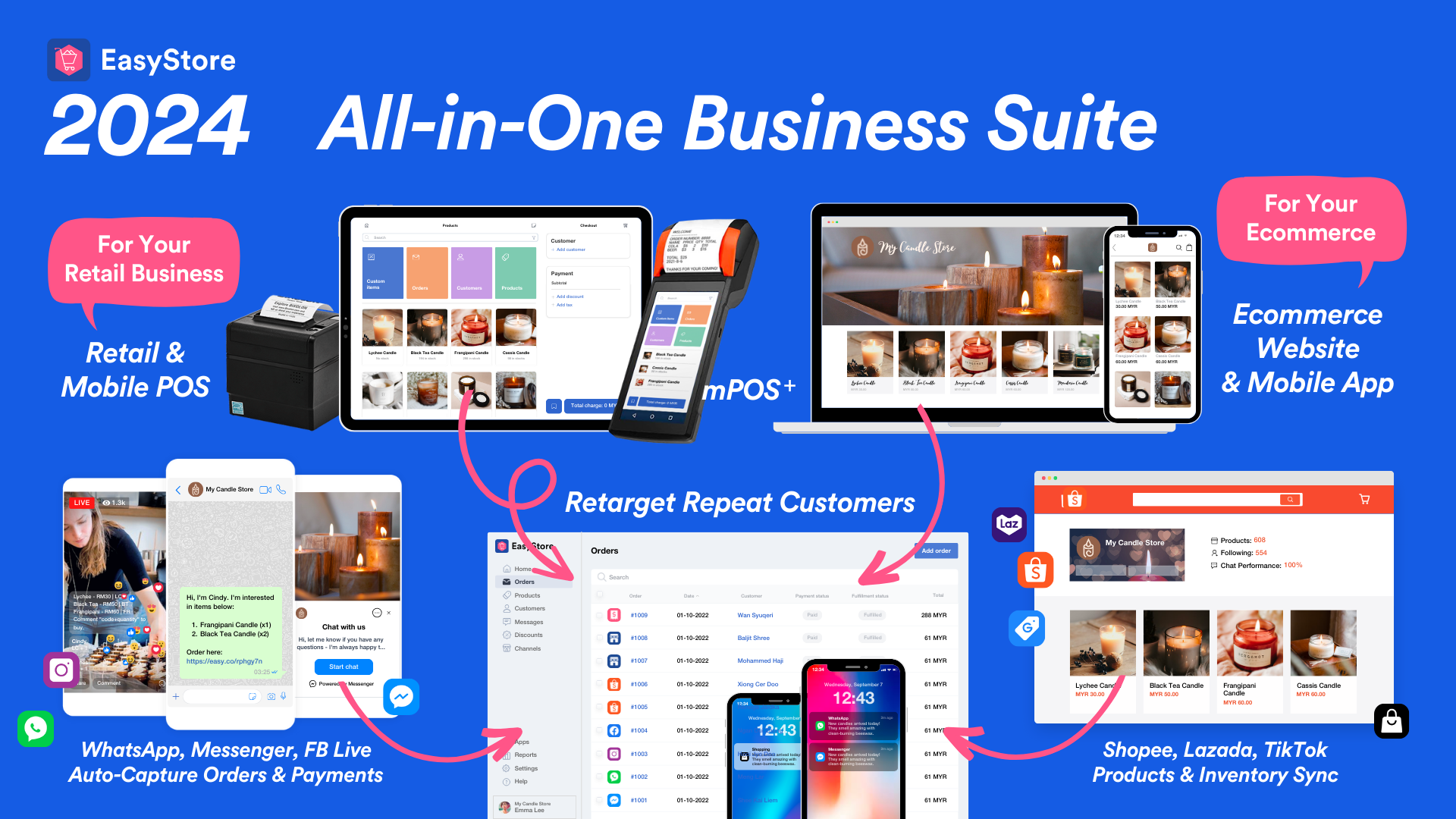6 Key Factors That Spark Customers' Interest for First Store Visit
By Kelie Wong · 31st January, 2024
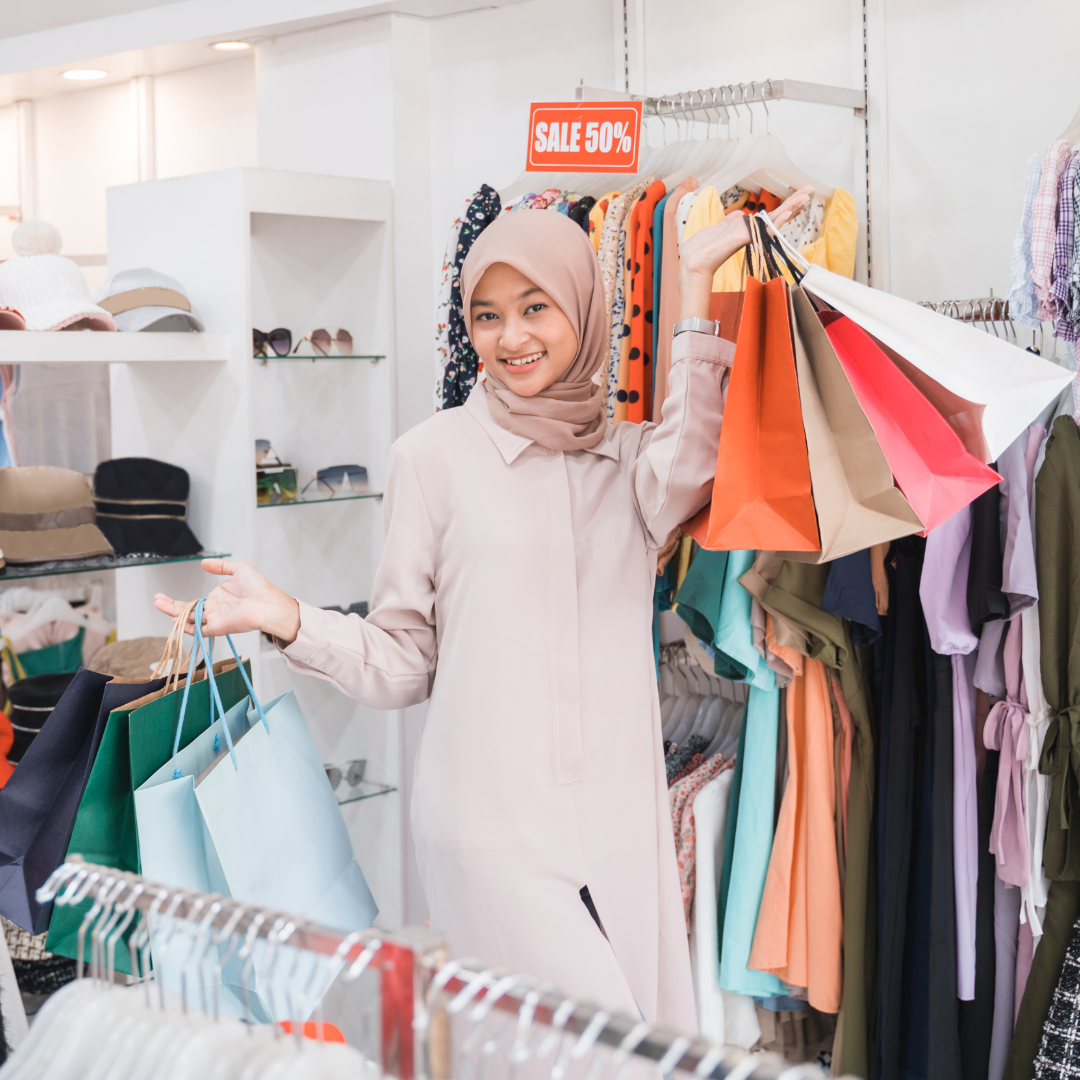
For an online store, driving the first-time purchase relies on elements such as an easy, secure, and fast checkout experience. An added advantage is providing first-purchase offers, like free delivery or a trial bundle. But what about the offline experience?
In the dynamic world of retail, the first impression is what turns a passerby into a loyal customer. Creating a captivating experience from the very first store encounter involves a combination of strategic elements and is also a crucial part of a Unified Customer Experience (UCX) strategy - to ensure a consistent, seamless, and personalized shopping experience for customers.
Ultimately, customers decide how successful we will be, and they base their decision to shop in your store around the experience you provide. In this article, we explore the magic behind six key factors that turn your retail store into the go-to destination for customers.
1. Strategic Store Layout
Crafting a store layout is like quietly programming a GPS for your customers, guiding them through specific locations (to pick up products) and leading them to their ultimate destination (the counter to pay).
An easy-to-follow and well-organized setup not only simplifies navigation but also lures customers to explore different sections and make that pivotal purchase.
In general, there are 9 layouts to consider. When selecting a store layout, consider the experience and emotions you aim to evoke from customers
Forced-Path: Directed path, guiding customers through designated areas (e.g., IKEA).
Grid Layout: Direct route, leading customers to self-service areas (e.g., MR DIY).
Loop or Racetrack: General direction, allowing customers to roam freely (e.g., Supermarket).
Straight Layout: Straight aisles for easy navigation through the store.
Diagonal Layout: A dynamic design encouraging exploration with diagonal aisle arrangements.
Angular Layout: Sharp corners highlight specific product zones, adding visual interest.
Geometric Layout: Various shapes create a modern, artistic atmosphere in stores.
Mixed Layout: Combines elements from different layouts within the same store.
Informal Layout: Encourages exploration and staff interaction for a relaxed shopping experience.
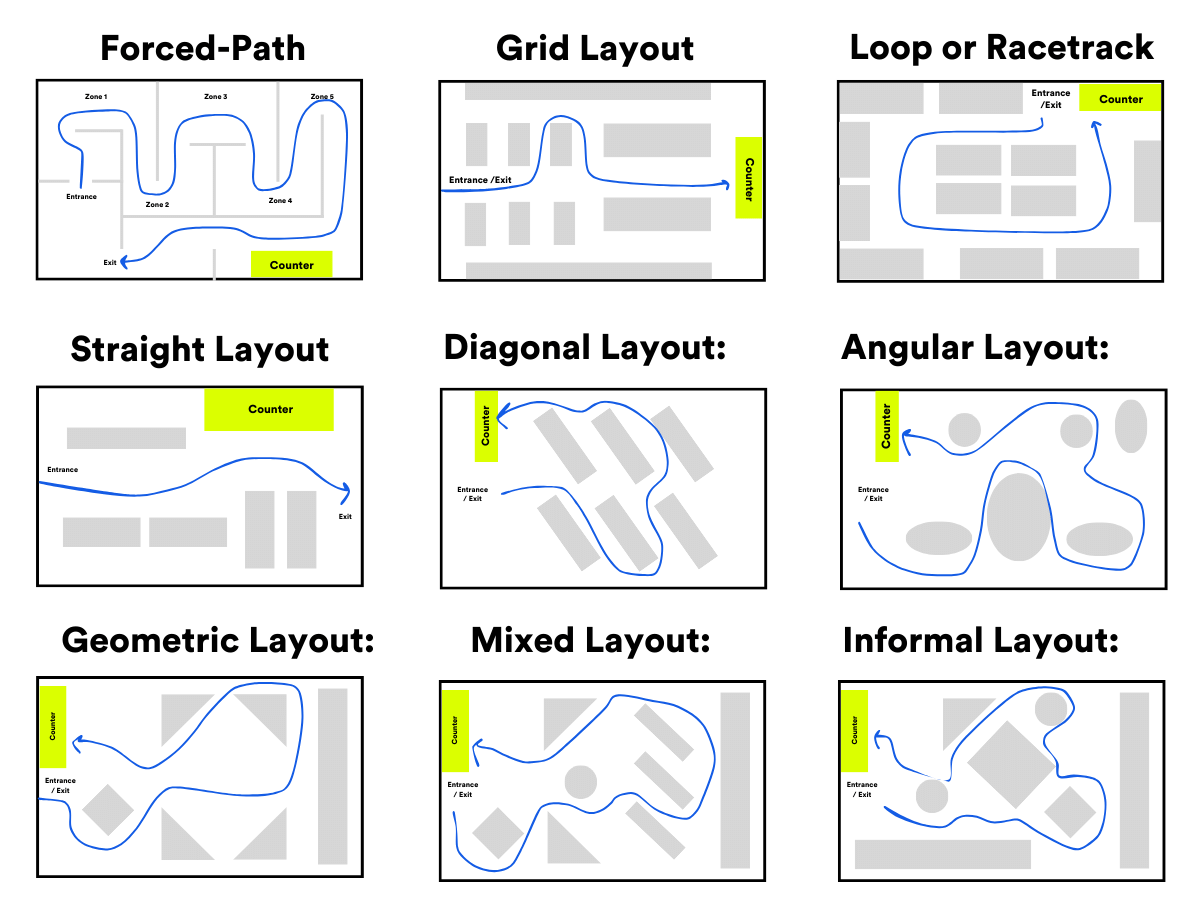
It is also important to consider these essential guidelines:
- Butt-Brush Effect: Shoppers naturally gravitate towards open spaces, so avoid any discomfort by maintaining wide aisles, ensuring a pleasant and unhurried browsing experience.
- Turn Right: 90% of customers instinctively turn right upon entering. Showcase this area with posters or bestsellers to capture their attention.
- Keep Storefront Visible: This provides opportunity for staff to be alert and assist customers, preventing any silent entry and exits.
2. Store Posters
Posters play a pivotal role in influencing customers' purchasing decisions, especially when they are new to a brand. Not sure what content to put on posters? Start by listing down the 5W and 1H of your product or brand and address them through posters. Here are some examples:
- Who: Is this product suitable for?
- Why: Is this product our bestseller?
- When: Is the best time to use this product?
- What: Are the ingredients used? Is there a current promo? What are your bestsellers?
- Where: Is this formulated? Are your other outlets?
- How: To use it? To join the membership?
Address them through posters such as those sharing information on Bestselling Products, Ingredients/Material Close-Up, Membership Program, Guarantees, and Warranties.
Another key tip is to add an OMO (Online-Merge-Offline) poster. New customers often take time to familiarize and trust a brand; direct them through online channels where you can continue to nurture and instill brand trust.
3. Engaging Product Presentation
Visual merchandising is an art that involves crafting captivating displays to showcase products in an aesthetically pleasing manner.
A store that invests in creative and visually appealing setups can capture the attention of customers, enticing them to stop, explore, and ultimately make a purchase. The impact of a well-executed visual story is paramount, especially in sparking interest during the initial store visit.
Here are some key tips to enhance your visual merchandising:
- Focal Point: Designate a main topic or product as the focal point of your display. This central element should immediately draw the customer's attention and set the tone for the entire arrangement.
- Rule of 3: Utilize the rule of three, a visual merchandising technique that involves grouping products or elements in sets of three. This strategy creates balance, harmony, and visual interest. The human eye is naturally drawn to odd numbers, particularly three, as they establish a dynamic and asymmetrical composition. For instance, place a large product in the center, with two smaller products on each side.
- Cross Merchandise: Group products together, such as creating outfits or complementary sets. This allows customers to envision how items can be worn or used together, enhancing their shopping experience.
- Point-Of-Purchase / Checkout Counter Purchase: Consider showcasing some products at the counter; this is more likely to drive impulse purchases. This practice is also the reason why grocery stores often place some products at the checkout counter.
Research indicates that customers typically absorb only 40% of the showcased merchandise. With many shoppers focused on their mission and minds elsewhere, consider breaking up lengthy aisles into manageable sections.
This strategy establishes more stopping points for customers, encouraging staff-customer interaction and heightening the chances of successful sales closures.
4. Prompt Customer Service
Every purchase is driven by the desire to solve a perceived problem, and a store's ability to address these issues through product choices and advice enhances its capability to meet customer expectations.
Customers are inclined to choose stores that offer solutions better than their competitors, often achieved through excellent customer service. Shoppers appreciate courteous, informative, helpful, and friendly store personnel who actively engage with their needs.

Here are some key practices for providing warm customer service:
- Greet Customers: A warm and friendly greeting sets a positive tone for the shopping experience, making customers feel welcome and valued, with a 20% higher satisfaction level.
- Quick Selection and Checkout: Personalize the experience based on customers' concerns, making it easy for them to find and select products. Guide them through their first checkout, helping them feel at ease to encourage repeated visits.
- Inventory Availability: Some customers come with the intention to inquire about availability and make a purchase. Having good knowledge of inventory availability can reduce disappointment and long waiting times for customers.
- Post-Purchase Support: Mention support available beyond the purchase. Understand how convenience-driven initiatives contribute to building lasting value in the minds of your customers.
By implementing these strategies, a store can create a customer-centric environment that not only meets but exceeds customer expectations, fostering loyalty and positive word-of-mouth
5. Quick Checkout Experience
More than two-thirds of consumers are only willing to wait up to 15 minutes in a physical line, and 82% actively avoid going to a business because of lines.
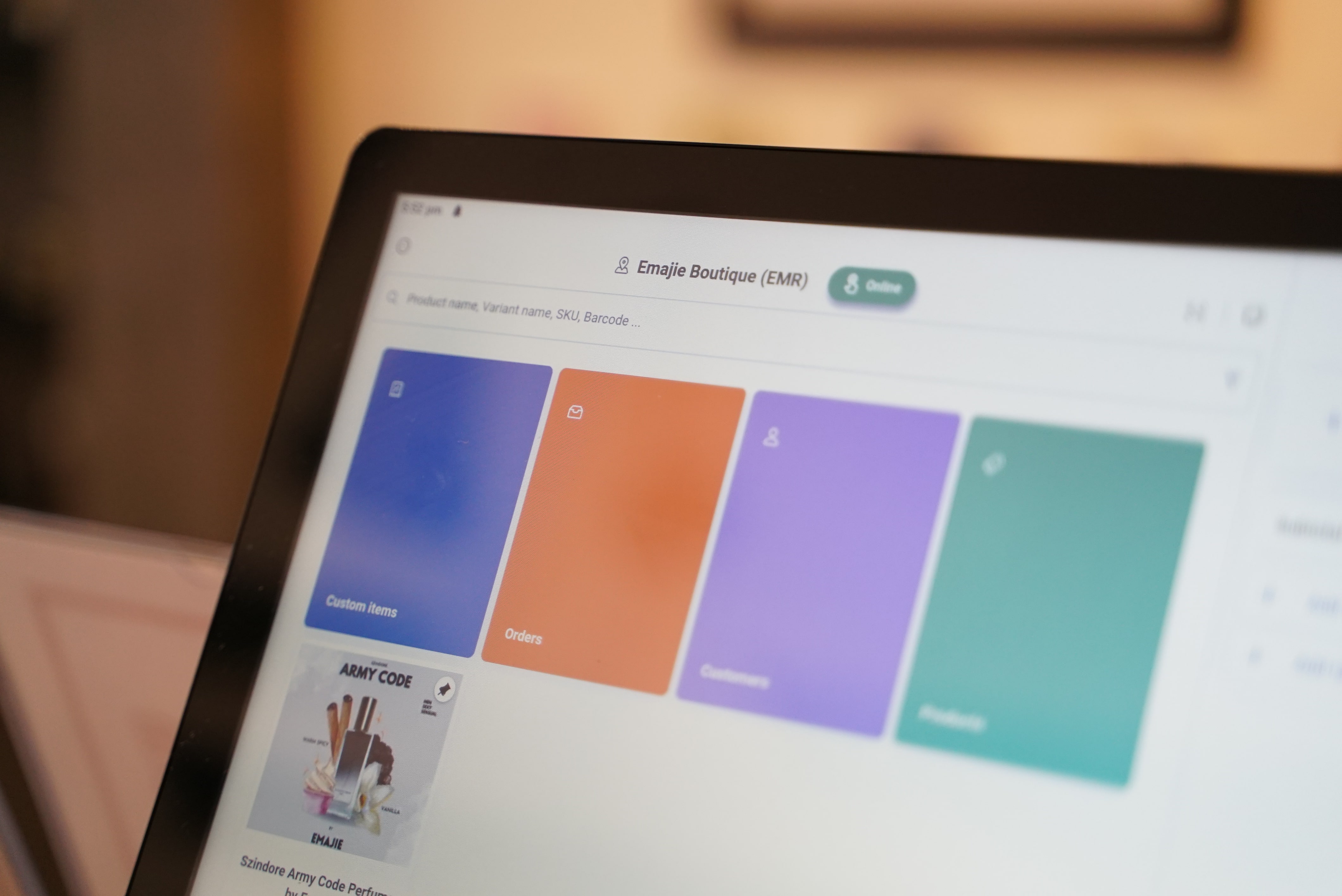
- Device POS: Consider investing in a cloud-based POS system that can turn any device into a POS. Got a long queue? Pop up any device, be it a phone or iPad, and create a new checkout line.
- Membership Perks: And, of course, we can't forget about perks and benefits. Another element of quick checkout is the time it takes to apply or redeem membership. For instance, instead of asking customers to write on paper, consider a Unified Loyalty Program that customers can easily access.
- Fuss-free Purchase: When it comes to first purchases, customers also consider returns and refunds. Consider a flexible return or exchange policy available across online and offline channels to reduce barriers to trying your products.
- Fitting Queue: Consider implementing an efficient fitting queue system and environment that enables customers to try your products within the shortest time, facilitating quicker decision-making.
6. Ambience
The overall ambiance of a store sets the mood for the entire shopping experience. A clean, well-lit, and aesthetically pleasing environment creates a positive impression.
Attention to detail, from the choice of lighting to the music playing in the background, contributes to a comfortable and inviting atmosphere that encourages customers to spend more time exploring the offerings.
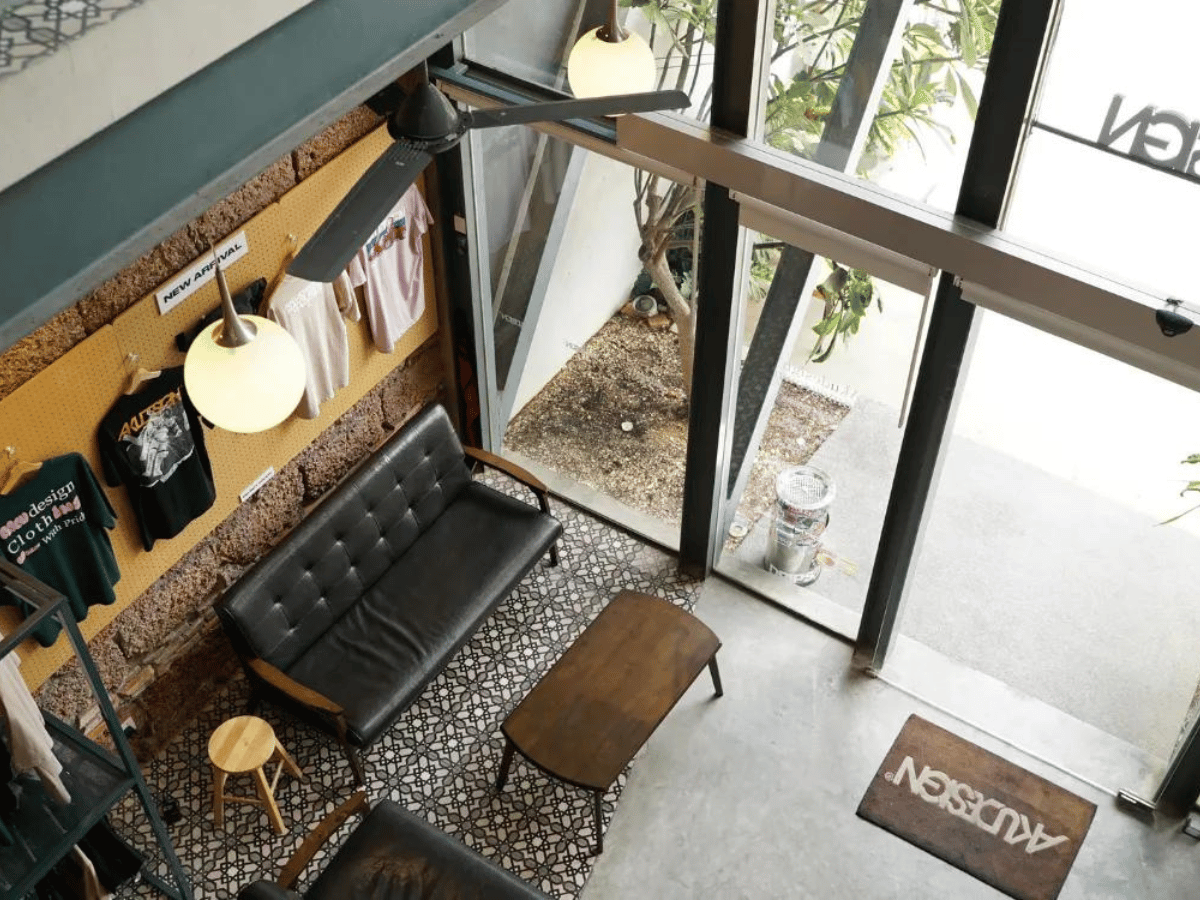
- Waiting Area: Provide a seating area where shopper's companions can sit and rest, this can help to prolong shopping duration. It's also advisable to offer complimentary water and light snacks.
- OOTD Area: Recognizing that customers today want to experience and capture memorable pictures, ensure you have a picture-friendly space. This not only enhances customer experience but also helps drive more awareness and check-ins.
- Lighting: Consider maximizing natural light wherever possible, complementing it with LED lighting for a clean, bright illumination. Strategically use spotlights to highlight featured products, creating visual interest and drawing attention. Ensure the lighting is suitable for phone lenses, preventing issues like overexposure or color distortion when customers take photos.
The Role of Retail Experience in UCX
The retail store experience is a pivotal component of Unified Customer Experience (UCX). Positive experience and seamless integration of online and offline elements ensures a consistent and personalized journey for customers.
It goes beyond the transactional aspects, encompassing the strategic layout, engaging displays, and efficient checkout processes.
By prioritizing these factors, your store not only attracts initial visitors but also cultivates loyalty, positive word-of-mouth, and sustained success through a harmonized and memorable customer experience.
The Complete Solution For Seamless UCX
EasyStore is a unified commerce solution designed to unify online and retail customer experiences. Over 50,000 brands have grown their businesses by embracing UCX through EasyStore, providing customers their desired Unified Shopping Experience.
Provide a seamless shopping journey with consistent product and service offerings. Enhance customer convenience, encourage frequent returns, and expand the brand's presence across multiple sales channels.
- Shopping Freedom: Allow customers to choose their preferred shopping environment: app, mobile, or web. Offer a seamless experience across platforms to enhance customer loyalty.
- Passwordless Buying: Provide hassle-free login options with email or mobile number. Streamline the entry process for quicker decision-making and purchases.
- Rapid Shopping Journey: Save customer shipping details for an effortless repurchasing experience. Encourage more frequent orders by valuing the customer's time.
- Deliver Excitement Anywhere: Accommodate customer preferences for home deliveries or in-store pickups. Flexibility in delivery options can be a decisive factor in the purchase decision.
- The Path to Lasting Loyalty: Ensure a consistent experience between online and offline shopping. Build trust by offering a harmonized experience, encouraging repeat business.
- Different Staff, Same Experience: Present a consistent face to customers, whether in-store or online. Elevate the shopping experience and solidify the brand's reputation.
Over 50,000 brands use EasyStore to unify their retail and ecommerce business.
Request a demoLatest articles
-

May 2025 Product Updates
By Cavan Koh · 6th May, 2025
-

April 2025 Product Updates
By Cavan Koh · 14th Apr, 2025
-

March 2025 Product Updates
By Cavan Koh · 10th Mar, 2025
-

How These Retailers Use UCX to Prepare for Ramadan—and Keep Customers Coming Back
By Frost Chen, Poh Sook Yan · 3rd Mar, 2025
-
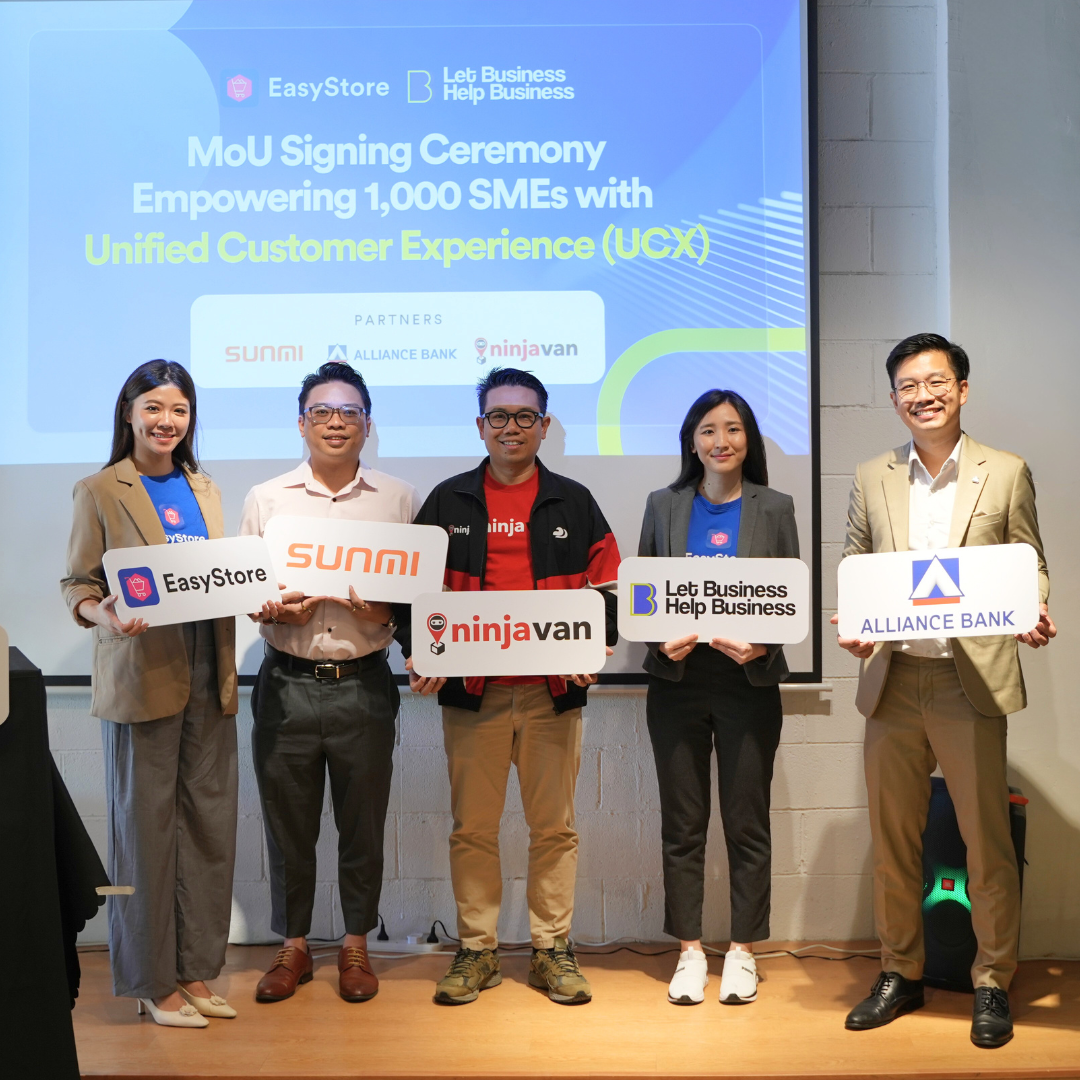
1,000 SMEs to Benefit: EasyStore and Partners Sign MoU to Empower Unified Customer Experience (UCX) for Retail and Ecommerce
By EasyStore Press · 27th Feb, 2025
-
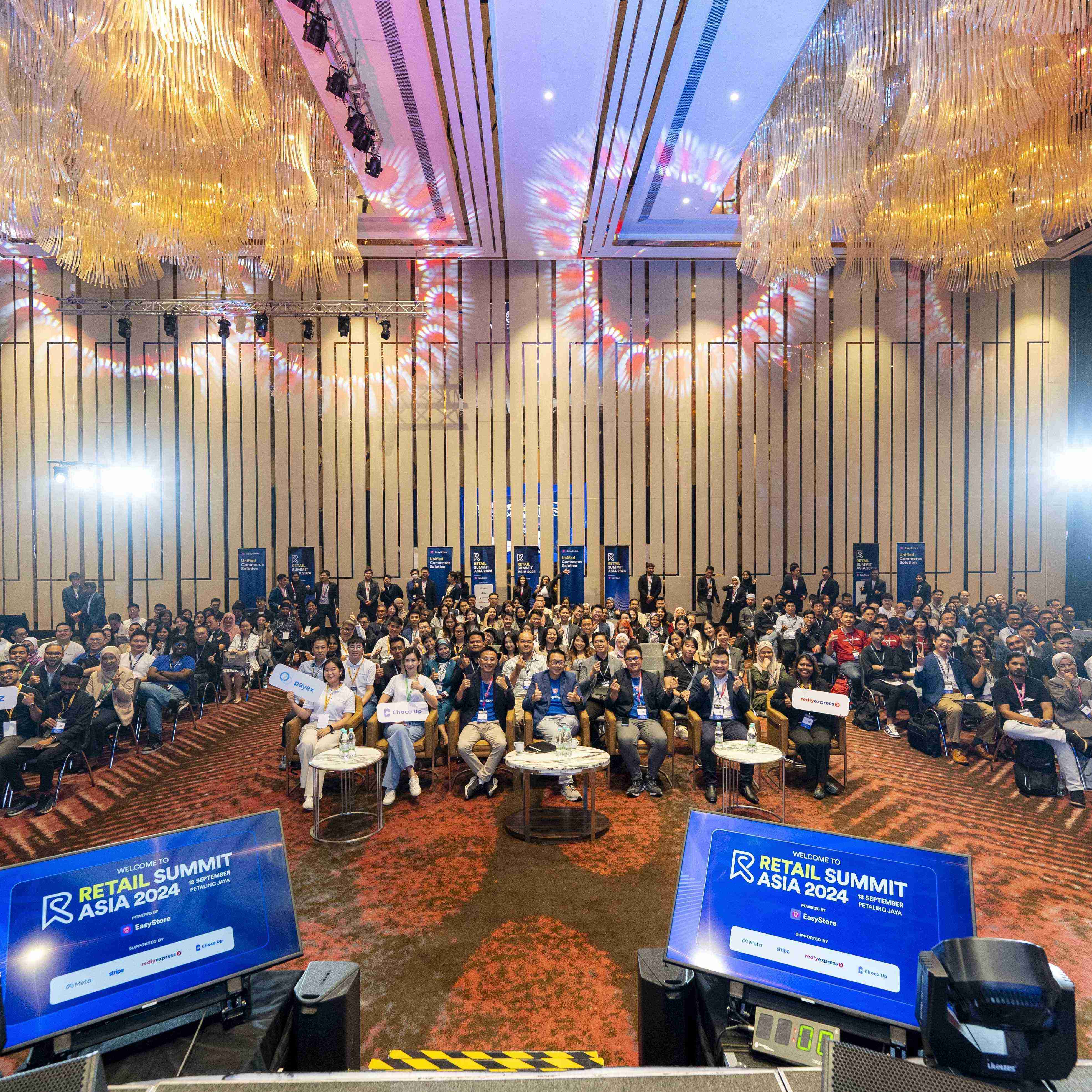
Let Business Help Business Supports Over 1000 Local SMEs Across Malaysia
By Amirul Asraf · 16th Feb, 2025
